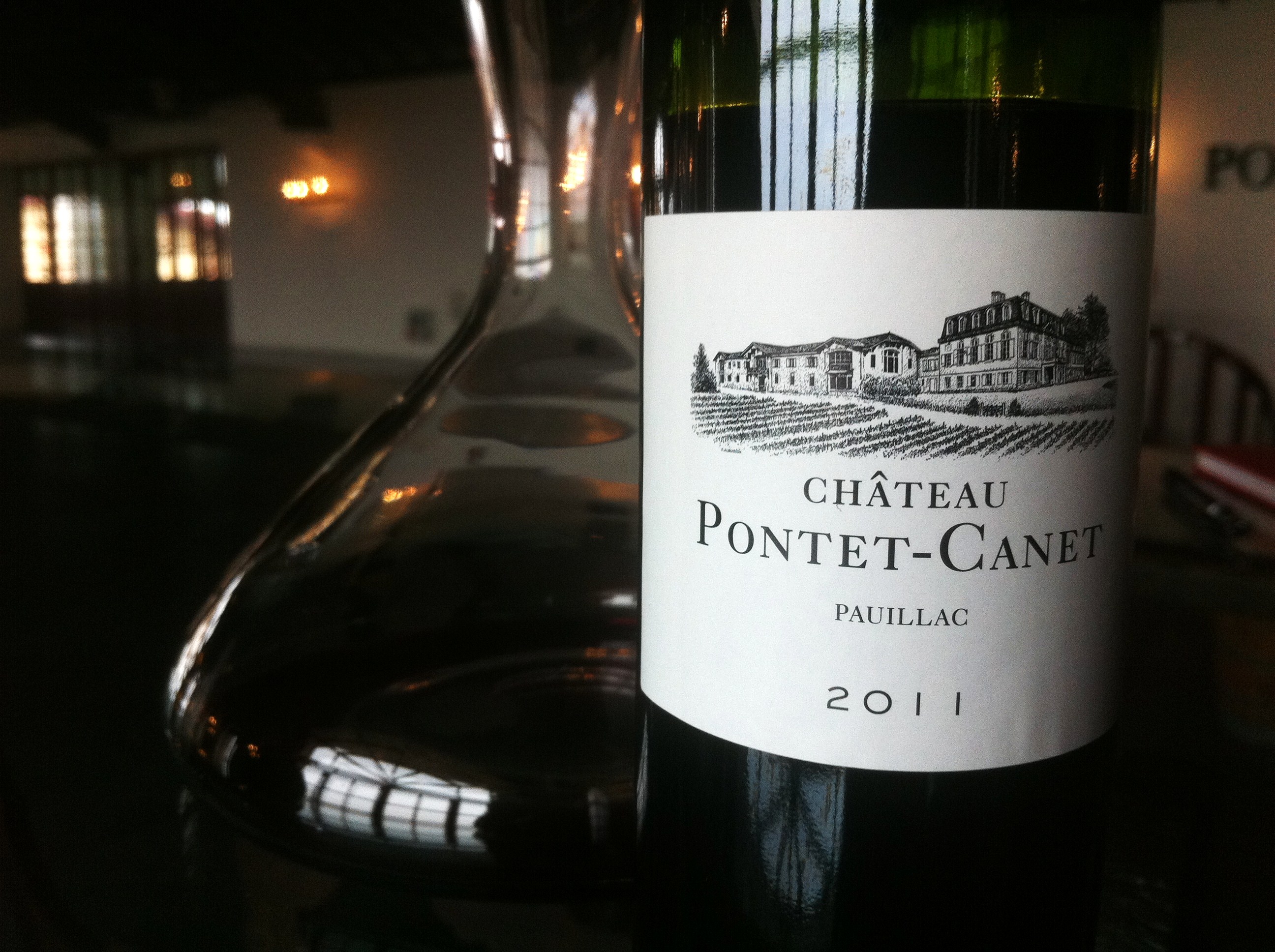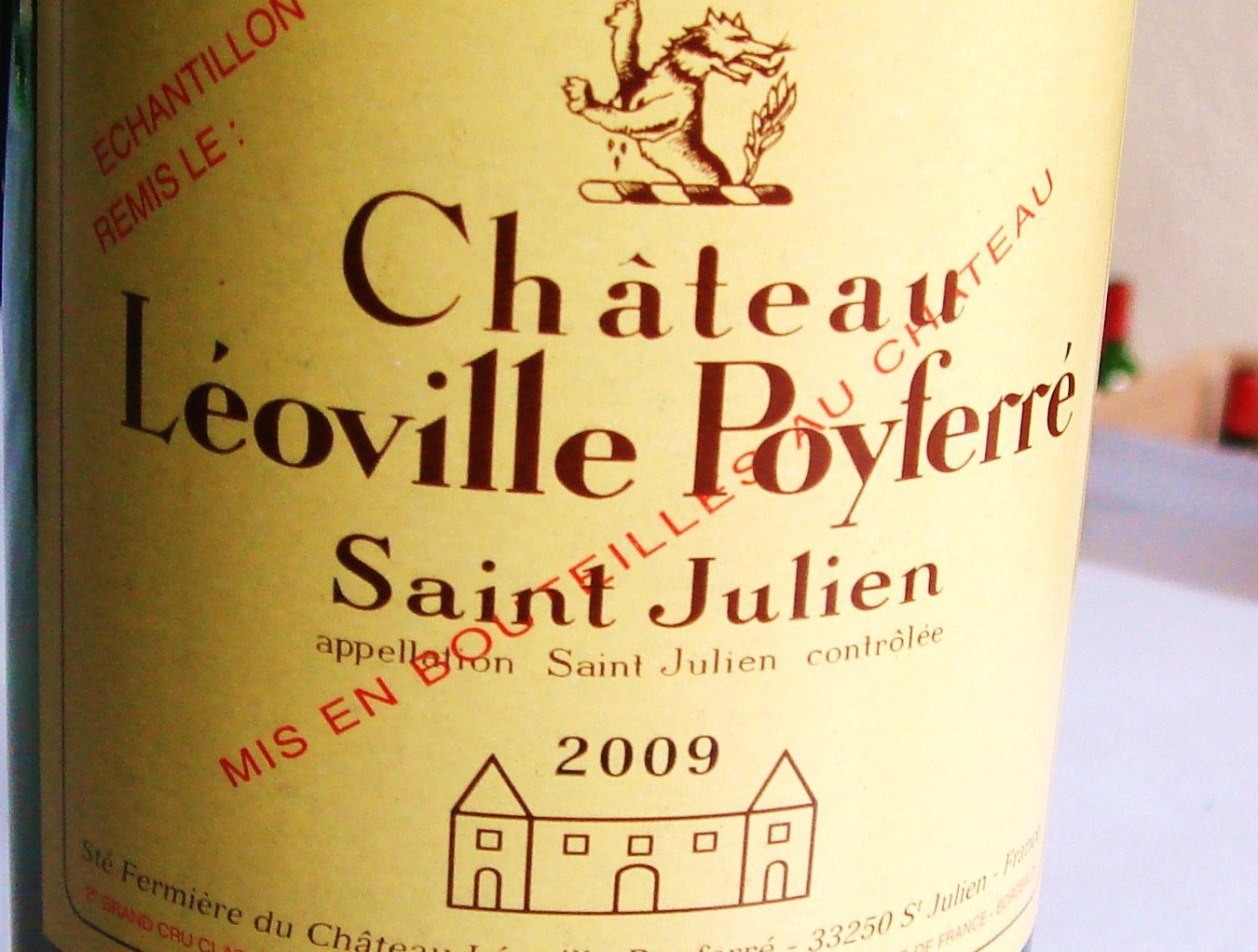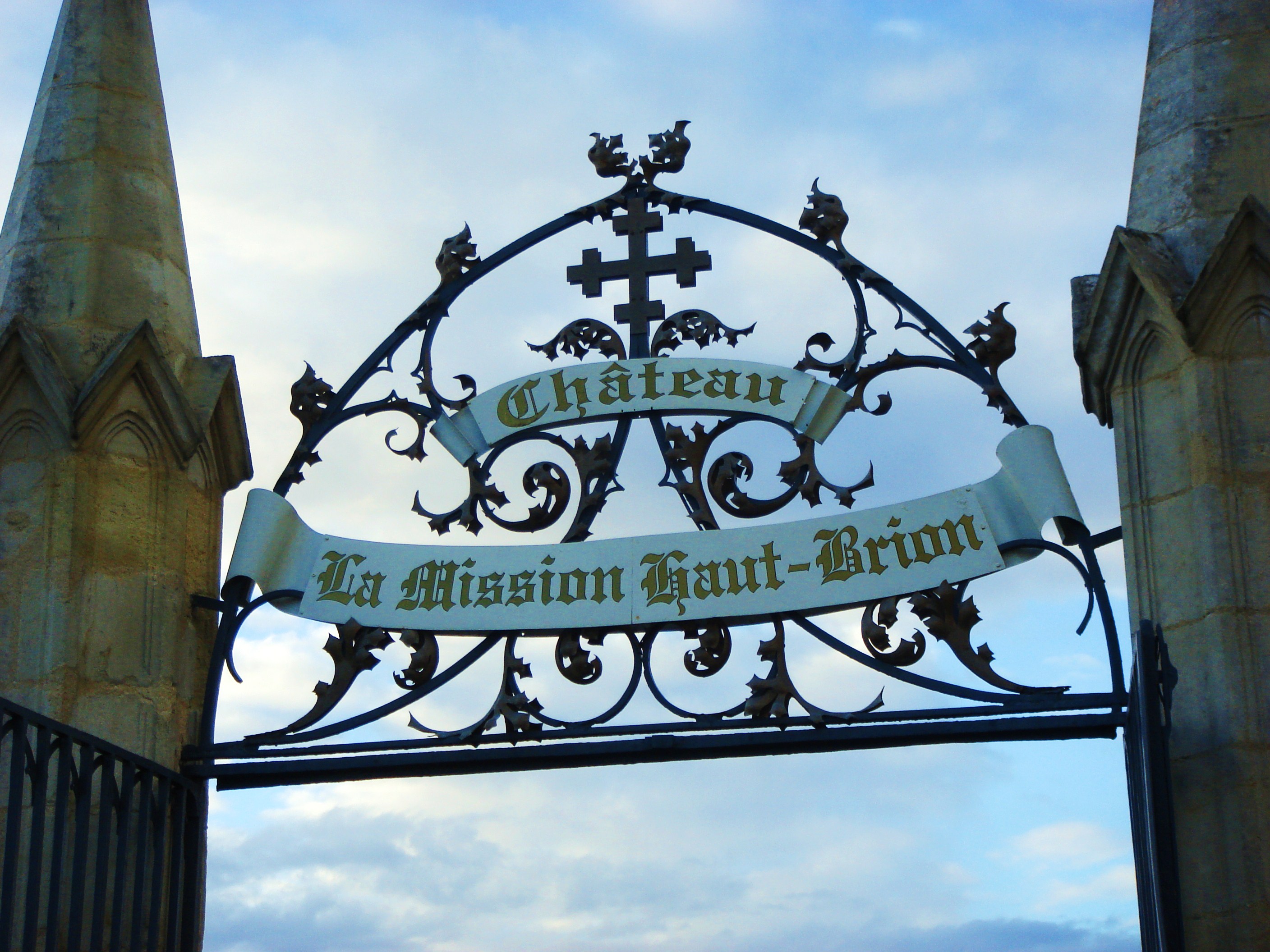Bordeaux 2017: Primeurs Day 4
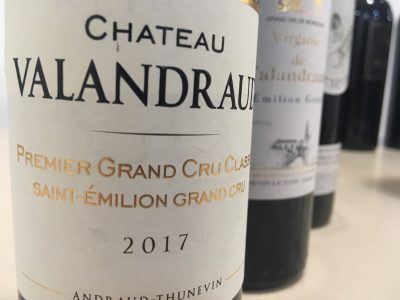
Saturday morning started in the cellars of Jean-Luc Thunevin. It’s always a tasting that I look forward to. Thunevin is candid about the late April 2017 frost which hit the right bank hard. Some of his properties and those he consults for were unscathed, some were left slightly affected, and others have been decimated. In some the effect is simply on volumes, in others it has also affected quality and style. I’ll write in more detail on St Emilion in a future post but the good news is that qualitatively Château Valandraud is excellent. It has wonderful perfume and layers of fruit. For me it is up there certainly with the 2012 and the 2014. St Emilion Grand Cru Clos Badon is in good shape [but very low production]. Jean-Luc’s Pomerol Le Clos du Beau Père also looks good.
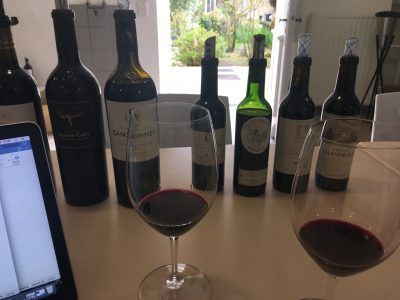
There were plenty of other wines to get to grips with in Thunevin’s cellars. Amongst the St Emilion’s, Château Sansonnet, Château Fleur Cardinale [badly frost affected in volume], Château La Marzelle, Château Bellefont-Belcier [now under the ownership of Peter Kwok], Château Le Prieuré, Château Fombrauge, Château Magrez-Fombrauge [yes, I hold up my hand – it’s a statement but it works] and Château de Pressac really impressed me. These wines all had lashings of fruit and plenty of style. In Pomerol, Château Vray Croix de Gay looked excellent and Château Le Moulin was good. Château La Vieille Cure in Fronsac stood out as excellent. Amongst the left bank samples, Château La Tour Carnet in the Haut-Médoc impressed again and in Margaux Château Marquis des Termes, Château Marojallia and Clos Margalaine looked really good. I’ll write in more detail on these and Jean-Luc Thunevin’s own wines in a later post.
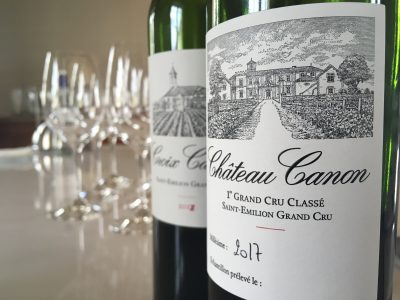
I also visited St Emilion Premier Grand Cru Classé Château Canon mid-morning. There is lots of refinement in the wine this year at Canon, a property that has the most enviable terroir on the plateau adjacent to the town of St Emilion. Perfumed and attractive, Canon 2017 has silky and refined tannins. The Merlot was harvested before the mid September rain. Also tasted was Château Berliquet acquired last summer by Chanel. Previously Nicolas Thienpont was responsible for the vineyard and winemaking here and I’ve greatly enjoyed Berliquet in past vintages. More investment is planned by Chanel so it will be interesting to see developments here. Their 2017 seemed fresh and precise with an emphasis on elegance.

Final stop on Day 4 was to Château Canon-le-Gaffelière to catch up with Stephan von Neipperg [and to bump into the Wine Advocate’s Lisa Perrotti Brown]. Frost cut volumes at many of the Neipperg properties. Château d’Aiguilhe in Castillon is 50% down, Clos de l’Oratoire 40% down, and Château Canon-la-Gaffelière is also affected. The beautiful La Mondotte, however, was spared. The latter is wonderfully lush and caressing on the palate in 2017. Clos de l’Oratoire is its usual silky self with a zesty finish. Château Canon-la-Gaffelière was spicy and savoury with real zap and energy. I’m a great fan of Château d’Aiguilhe and, despite the crop reduction, this is textured and fresh in 2017. It is not up to the remarkable quality in 2015 and 2016 here but it had plenty of personality. Interestingly Neipperg was an advocate of picking the second harvest from those vines affected by frost. This seemed partly out of concern for team morale leaving grapes to whither in the vine, but he also felt it was justified qualitatively.
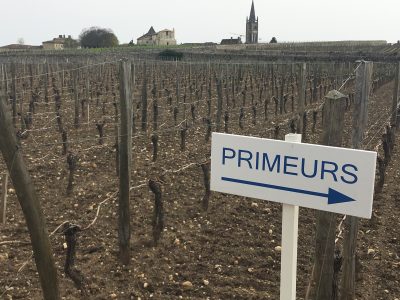
Clearly given the very varied terroir, microclimates and aspects here on the right bank, from my first day tasting in St Emilion, it is fair to say that there is more irregularity here than on the left bank. That said some excellent wines have have been produced. Others, due to the frost damage, haven’t had the blending options they would normally be afforded. The affects of the September rain are also mixed. Certainly the rain will have improved the final maturation of the Cabernet Franc in particular. Some properties harvested their Merlot before the clouds gathered, and others didn’t. For some this impact was lessened by the soil type. Overall it is perhaps more a tale of which terroirs succeeded, rather than which varieties. Generalisations hide the exceptions. 2017 will clearly be a vintage that will be difficult to generalise about.
Tags: Bdx17, Bordeaux, Chanel, Chateau Bellefont Belcier, Chateau Berliquet, Chateau Canon, Chateau Canon La Gaffelière, Château d’Aguilhe, Chateau de Pressac, Chateau Fleur Cardinale, Chateau Fombrauge, Chateau La Marzelle, Chateau La Tour Carnet, Chateau La Vieille Cure, Chateau Le Moulin, Chateau Le Prieuré, Chateau Magrez-Fombrauge, Chateau Marojallia, Château Marquis des Termes, Château Sanonnet, Chateau Valandraud, Chateau Vray Croix de Gay, Clos Badon, Clos de L’Oratoire, Clos Margalaine, Haut Médoc, Jean-Luc Thunevin, La Mondotte, Le Clos du Beau Père, Margaux, Nicolas Thienpont, St Emilion, St Emilion Grand Cru, St Emilion Premier Grand Cru Classé
